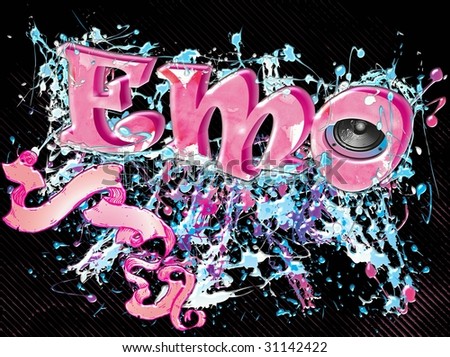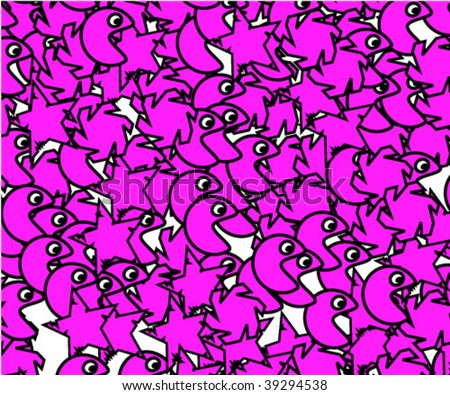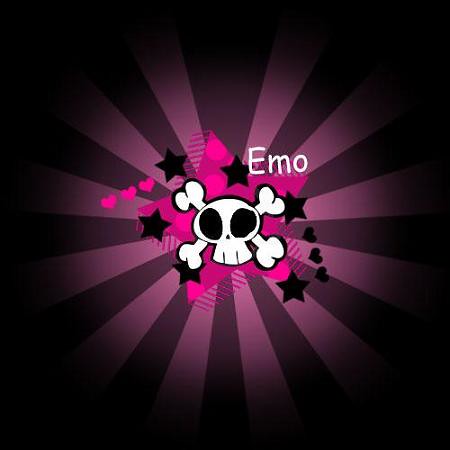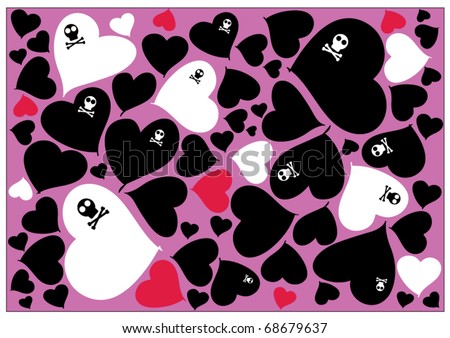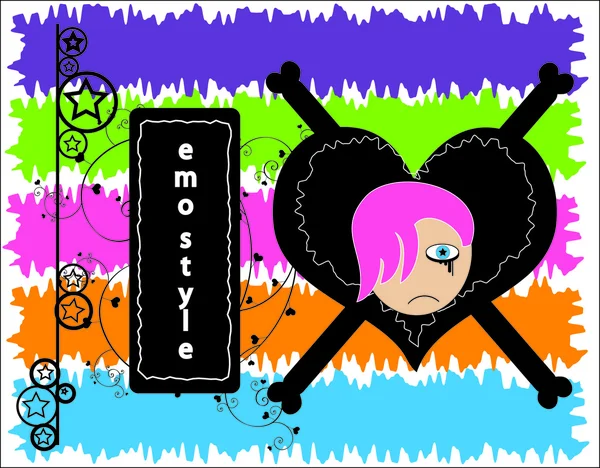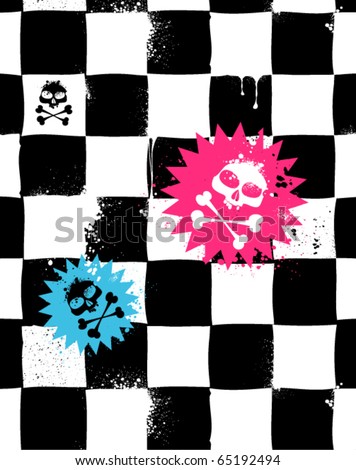
A. Ionic bond
Ionic bonding can occur because of the handover of electrons between atoms. This bond is formed between:
- The positive ions with negative ions (by electrostatic force)
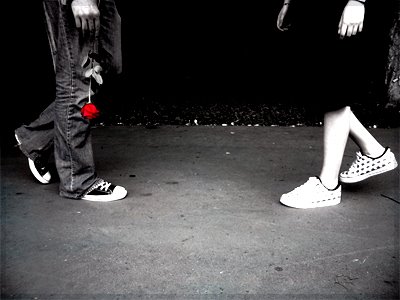
- Atom-atom ionization potential of small-energy with the atoms of large electron affinity
- Atom-atom element IA, IIA with atoms large electronegativity
- Small electronegativity atoms with atoms of the large electronegativity.
The properties of ionic compounds:

- If liquid can conduct electricity
- If the solid can be shaped crystals
- Boiling point and high melting
- Soluble in polar solvents
- Hard but brittle

B. Covalent bonds
Covalent bonding occurs by the use of shared electron pairs. This bonding occurs among the nonmetallic elements of low electronegativity difference. According to the octet rule, in the bonded atoms will try to get the electronic configuration of noble gases are stable, which has totaled eight valence electrons. However, there are some covalent molecules have structures that do not meet the Lewis octet rule.
The division of a covalent bond

a. Nonpolar covalent bond: if the pair of electrons shared equally strong interest to all atoms.
Characteristics:
- The dipole moment = 0
- Contains the same type of atom
- Forms a symmetrical molecule
b. Polar covalent bonds: if the pair shared electrons more strongly attracted to one atom.
Characteristics:
- The dipole moment> 0
- The difference between the electronegativity of bonded atoms
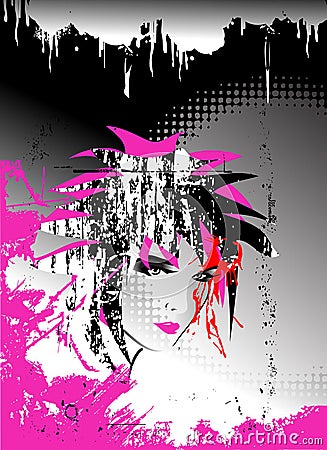
- The shape is not symmetrical molecule
c. Semi-polar bond (coordinate covalent) bond occurs when electrons pair together only come from one atom.
Covalent properties:
- Polar covalent compounds can conduct electricity
- Nonpolar covalent compounds can conduct electricity

- Boiling point and melting was relatively lower than ionic compounds
- Soluble in nonpolar solvents
- Easy to evaporate
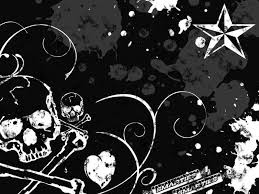
Ionic bonding and covalent bonding is an intramolecular bonds that bind atoms in molecules. While the bond that unites responsible molecules are called intermolecular. Intramolecular bonds cause the molecules attract each other with neighboring molecules. Intramolecular and intermolecular bonds referred to collectively as the chemical bonds.
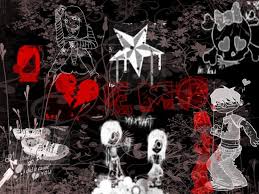
C. Other chemical bonds
a. Hydrogen bonds: H atoms bond with other atoms a large electronegativity (other atoms are from different molecules)

b. Metallic bond: Occurs due to dense arrangement of metal atoms, so that the electrons in their outermost shells to move freely
c. Bond Van Der Walls: Occurs because of the forces of attraction between molecules is very weak.









